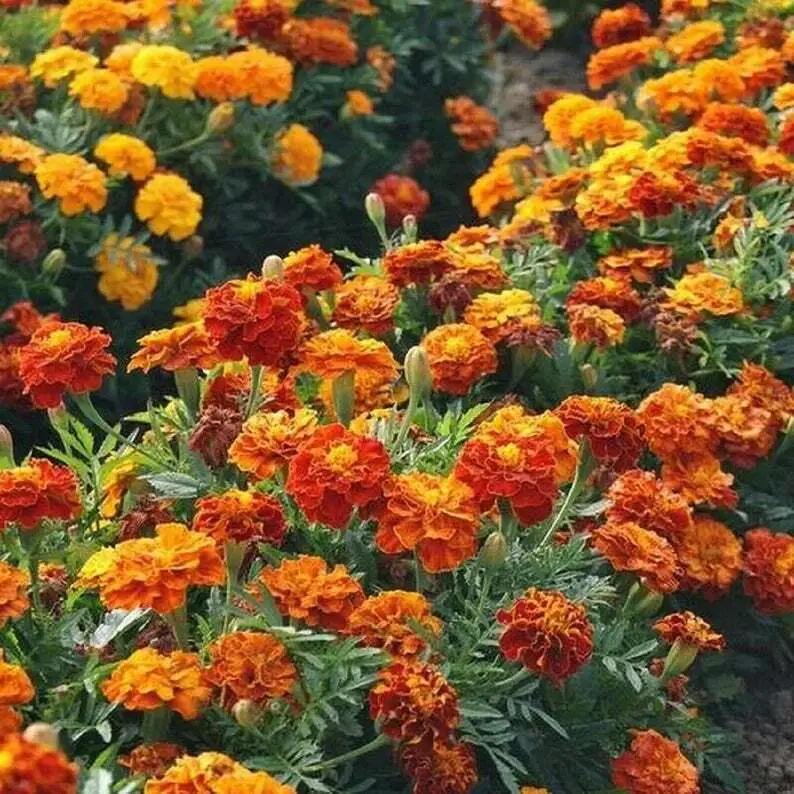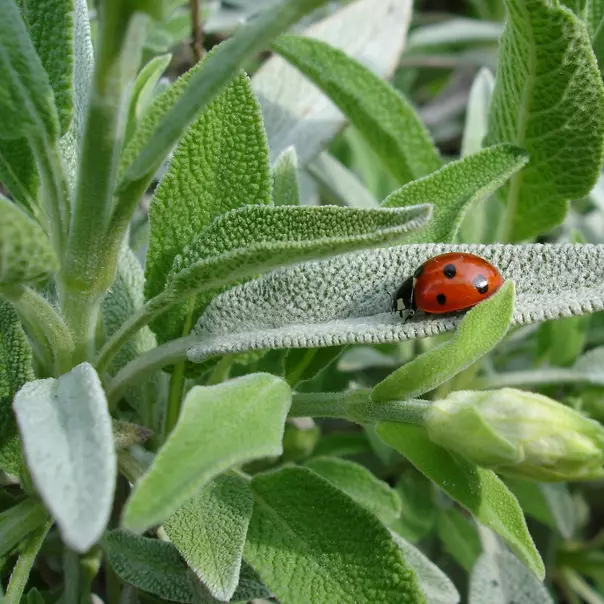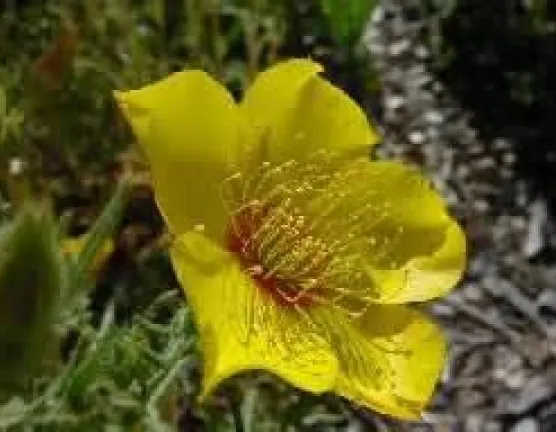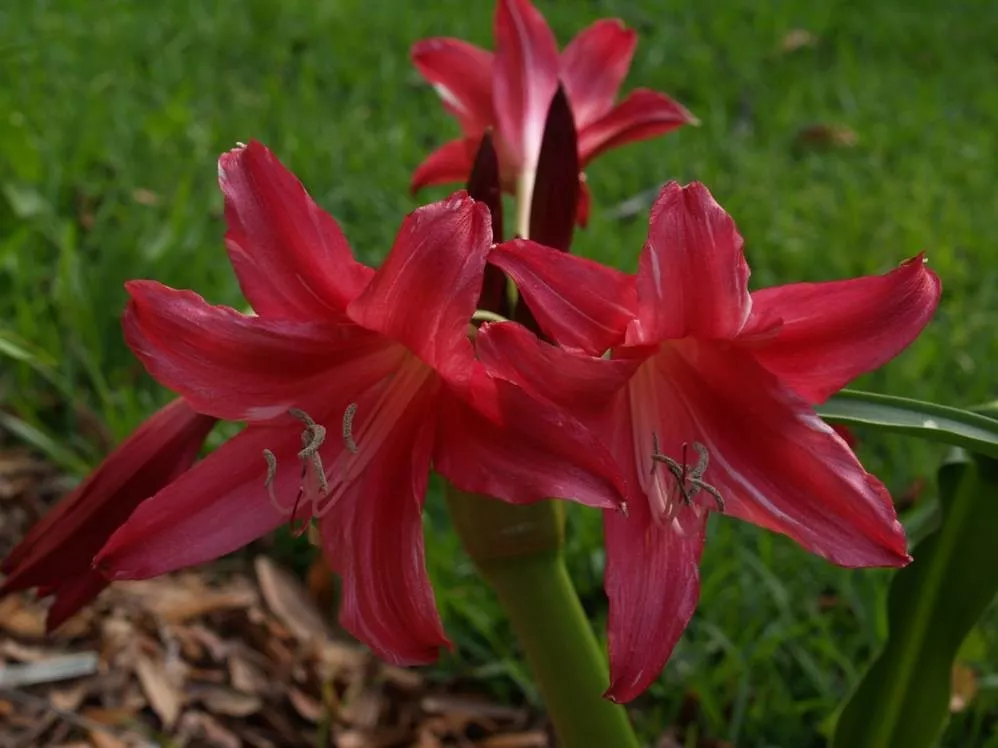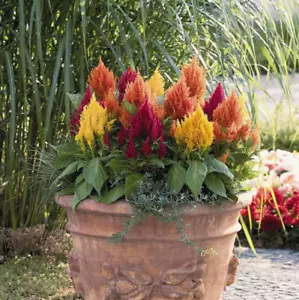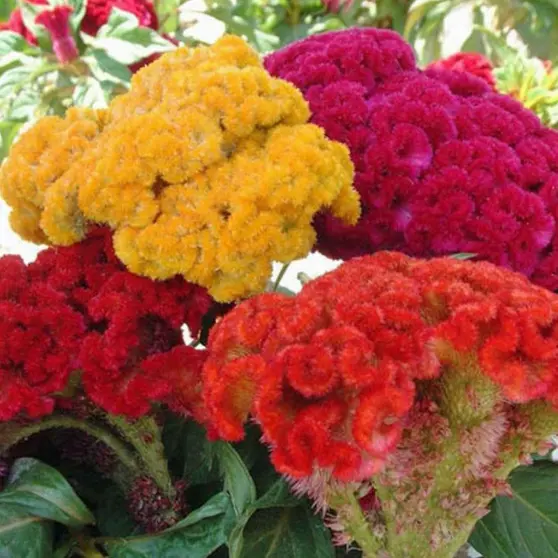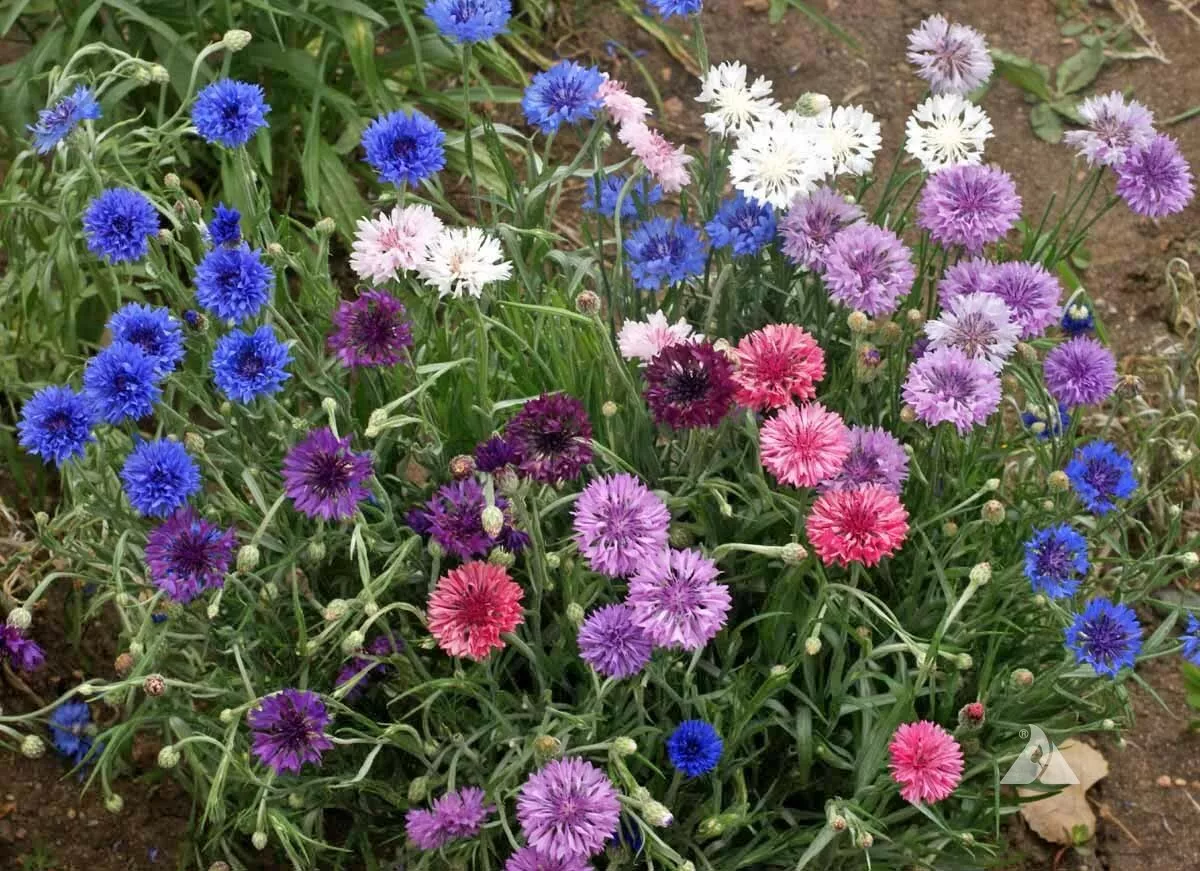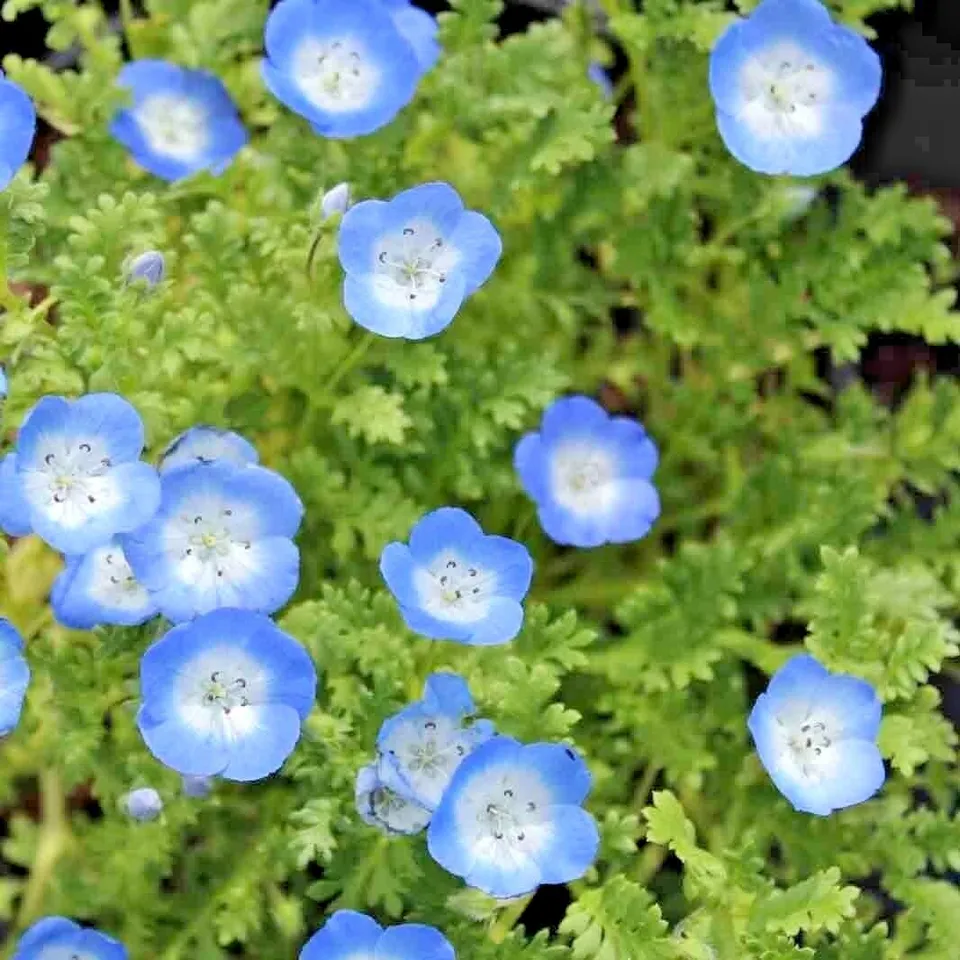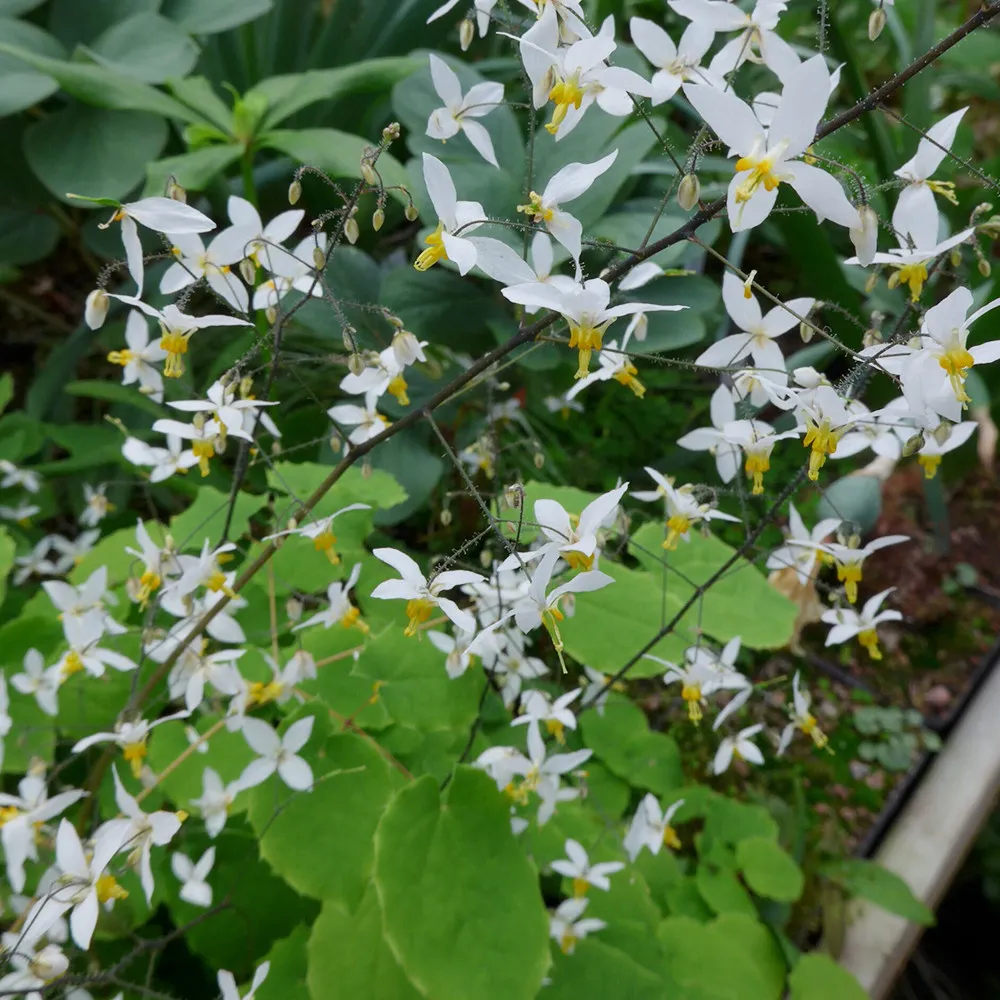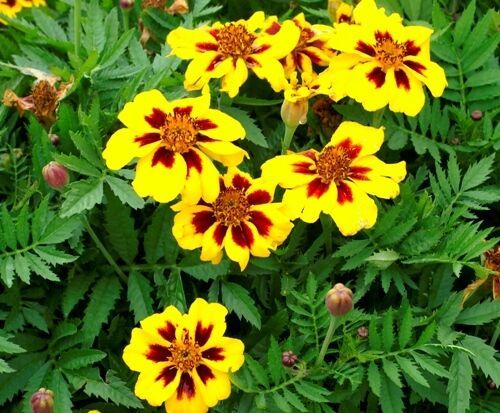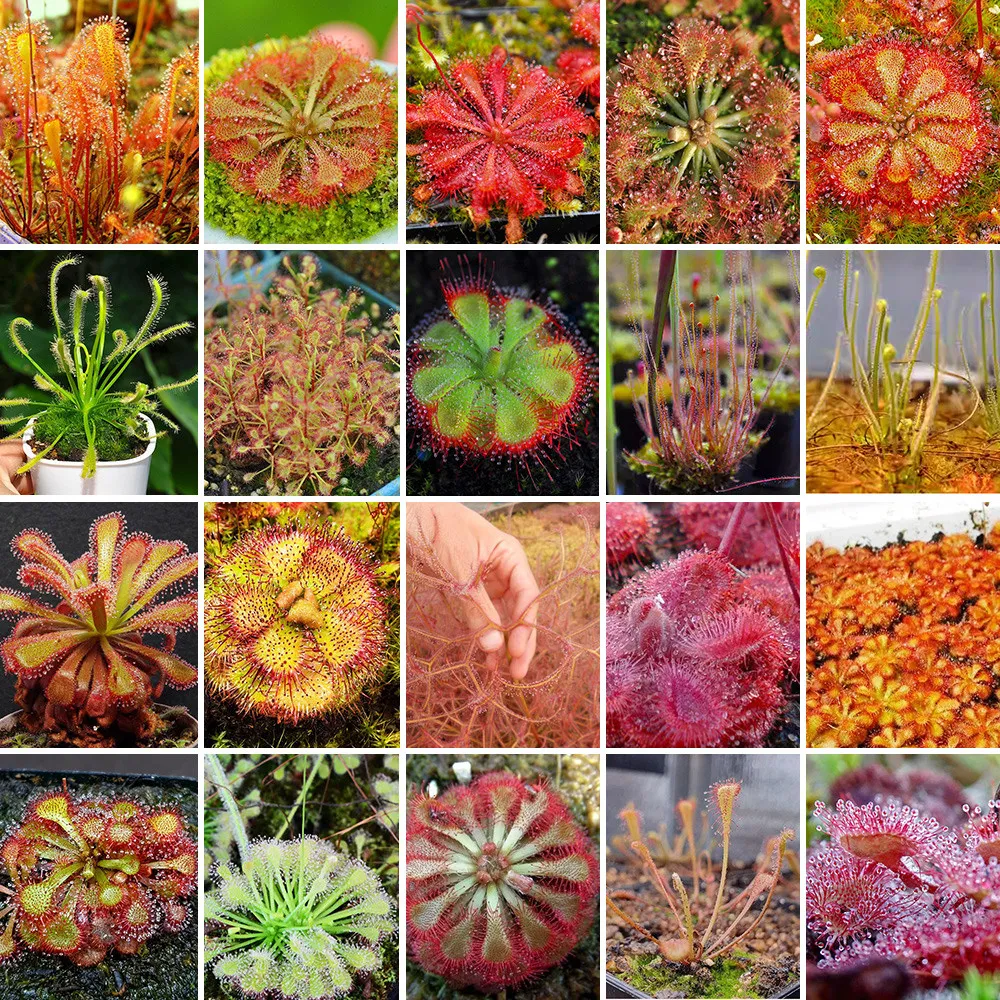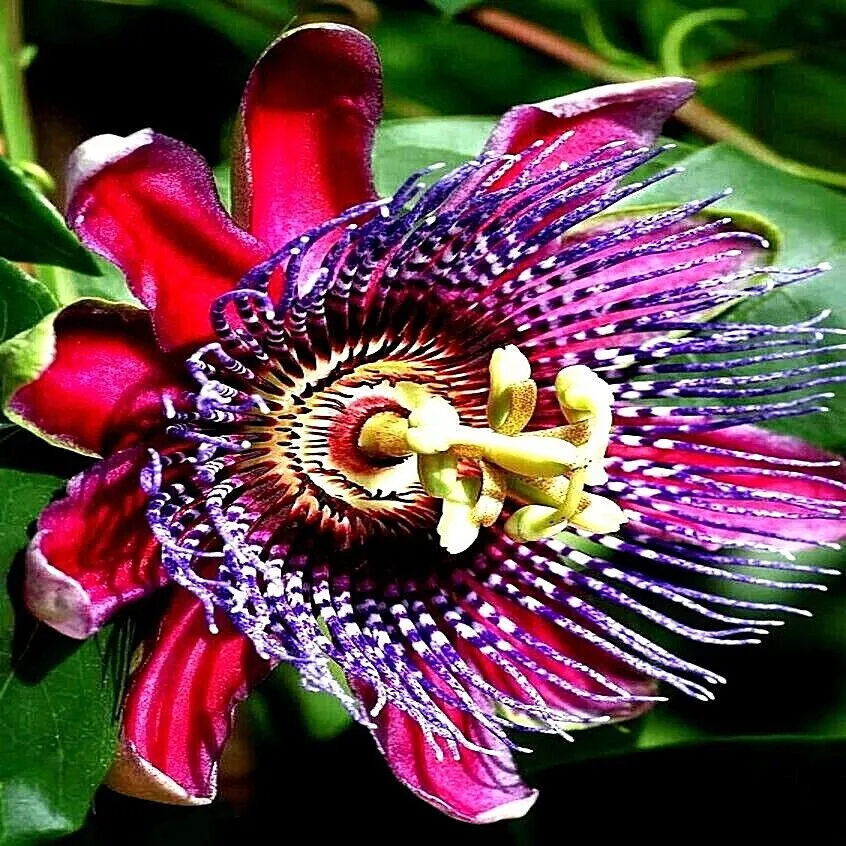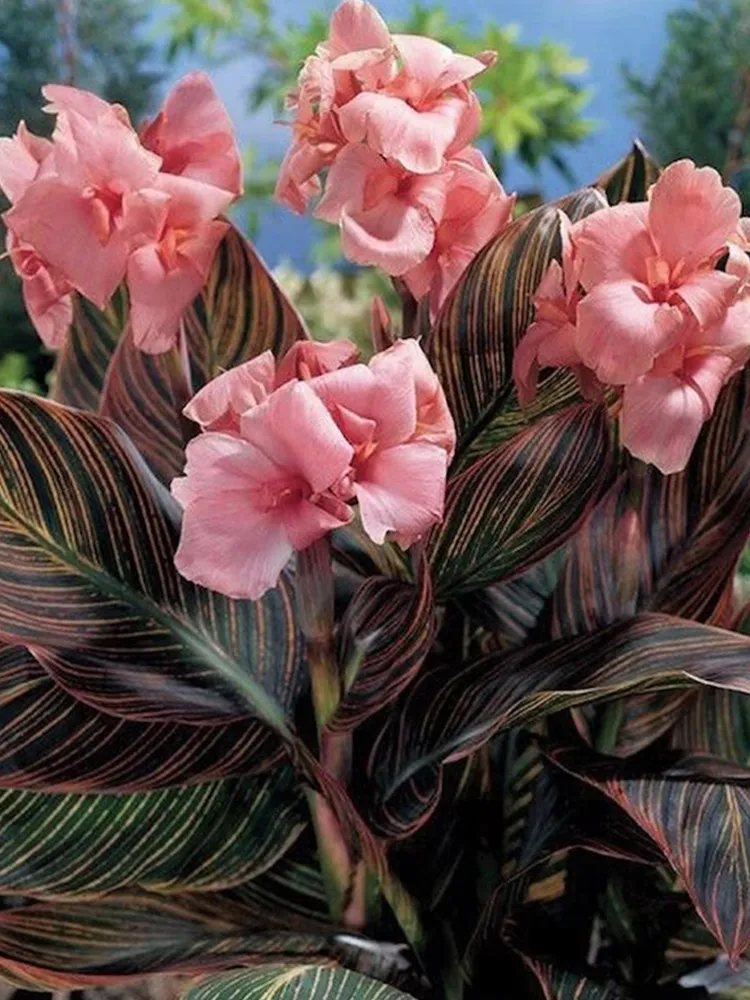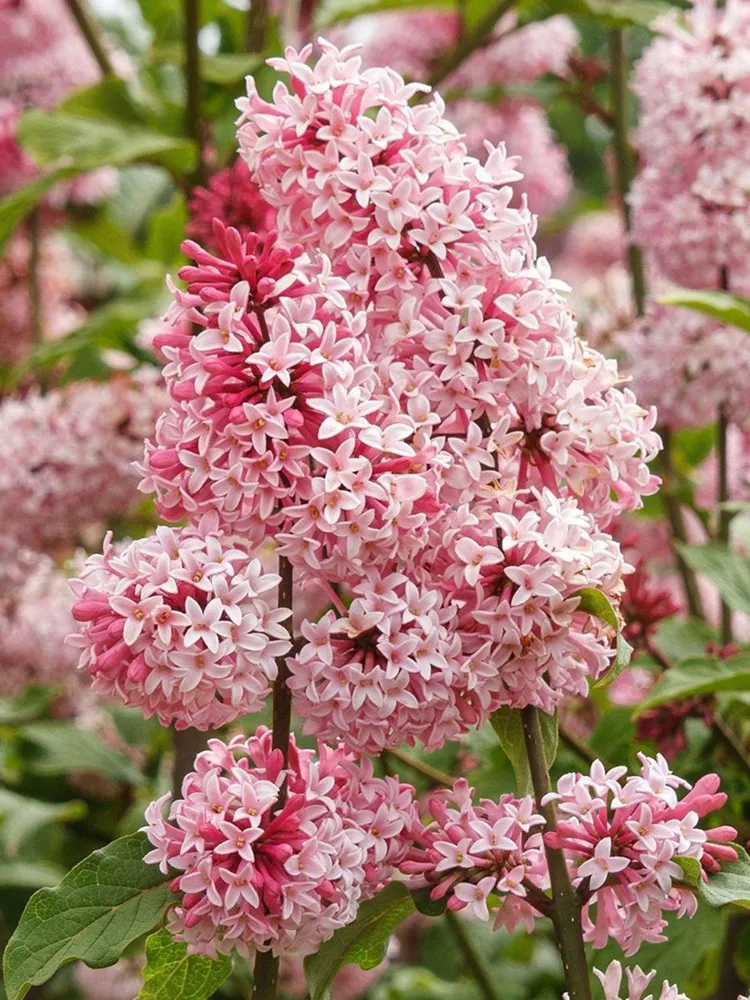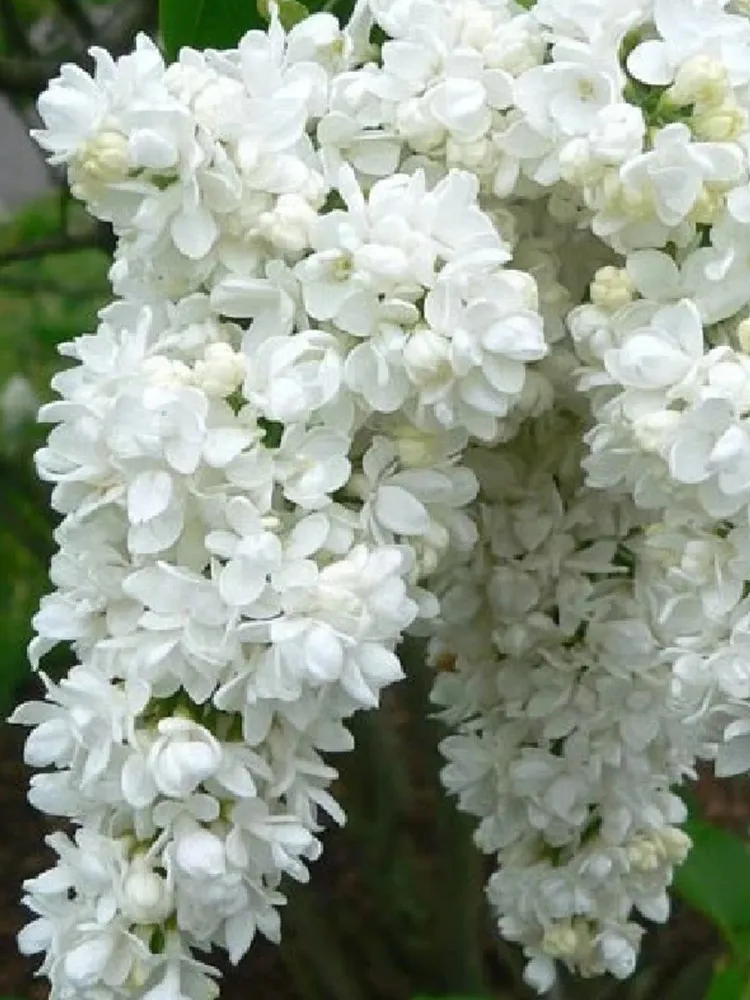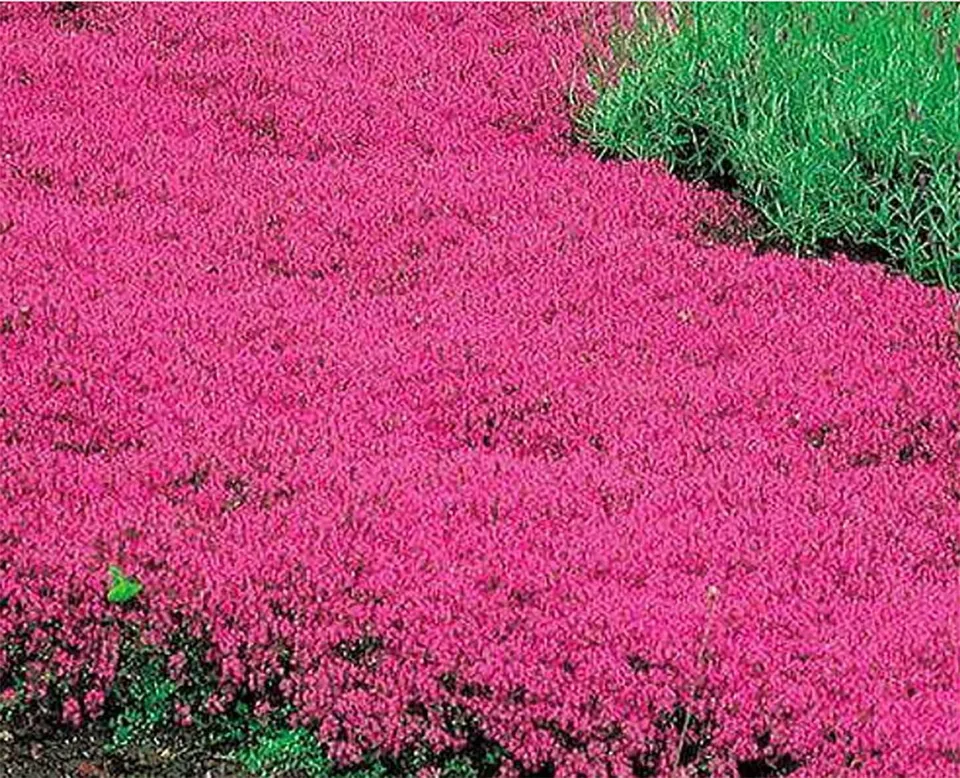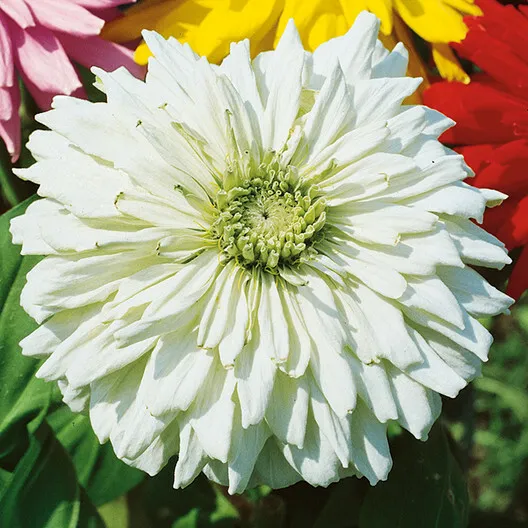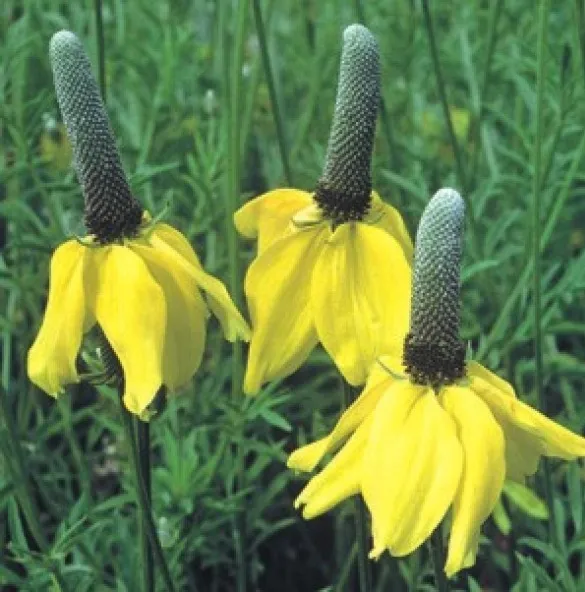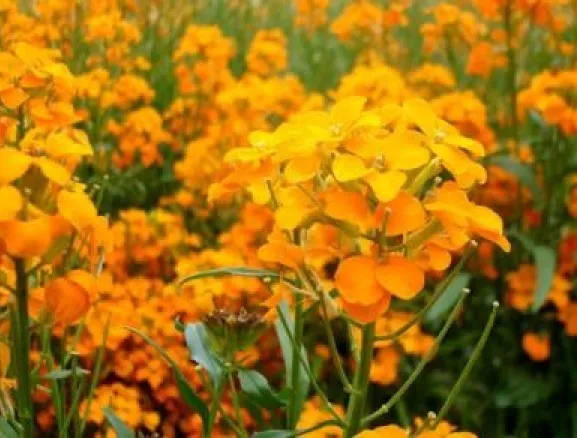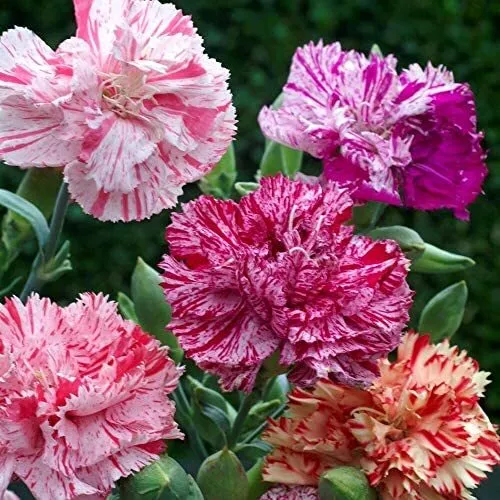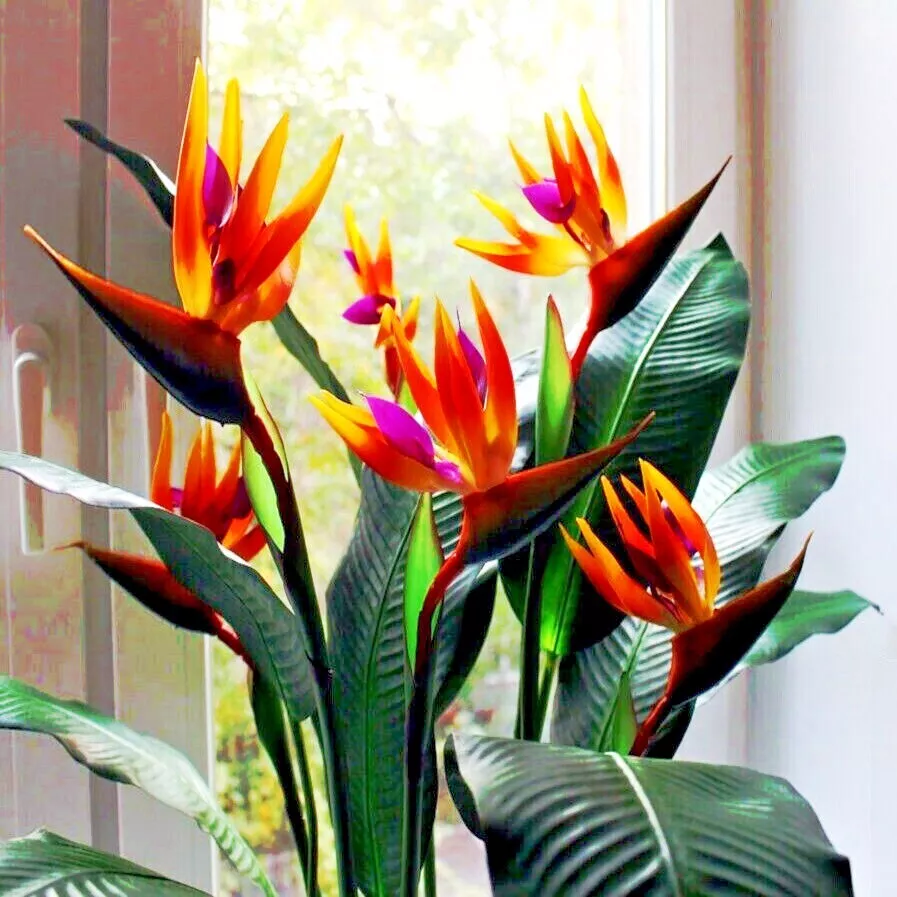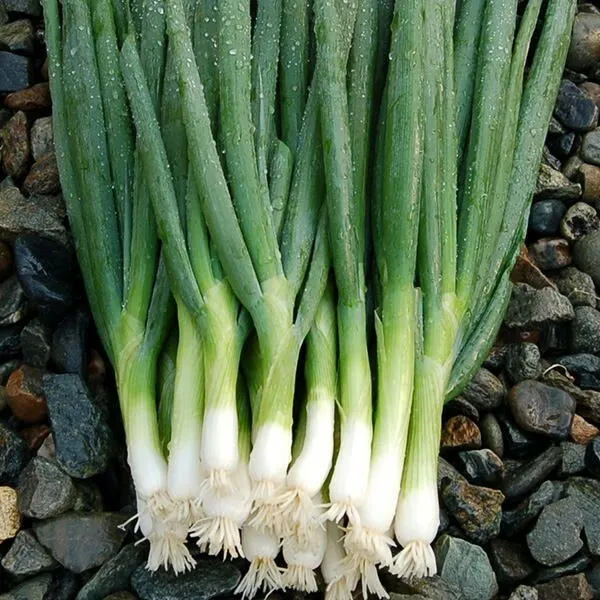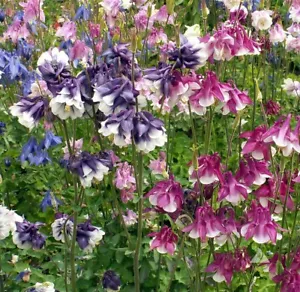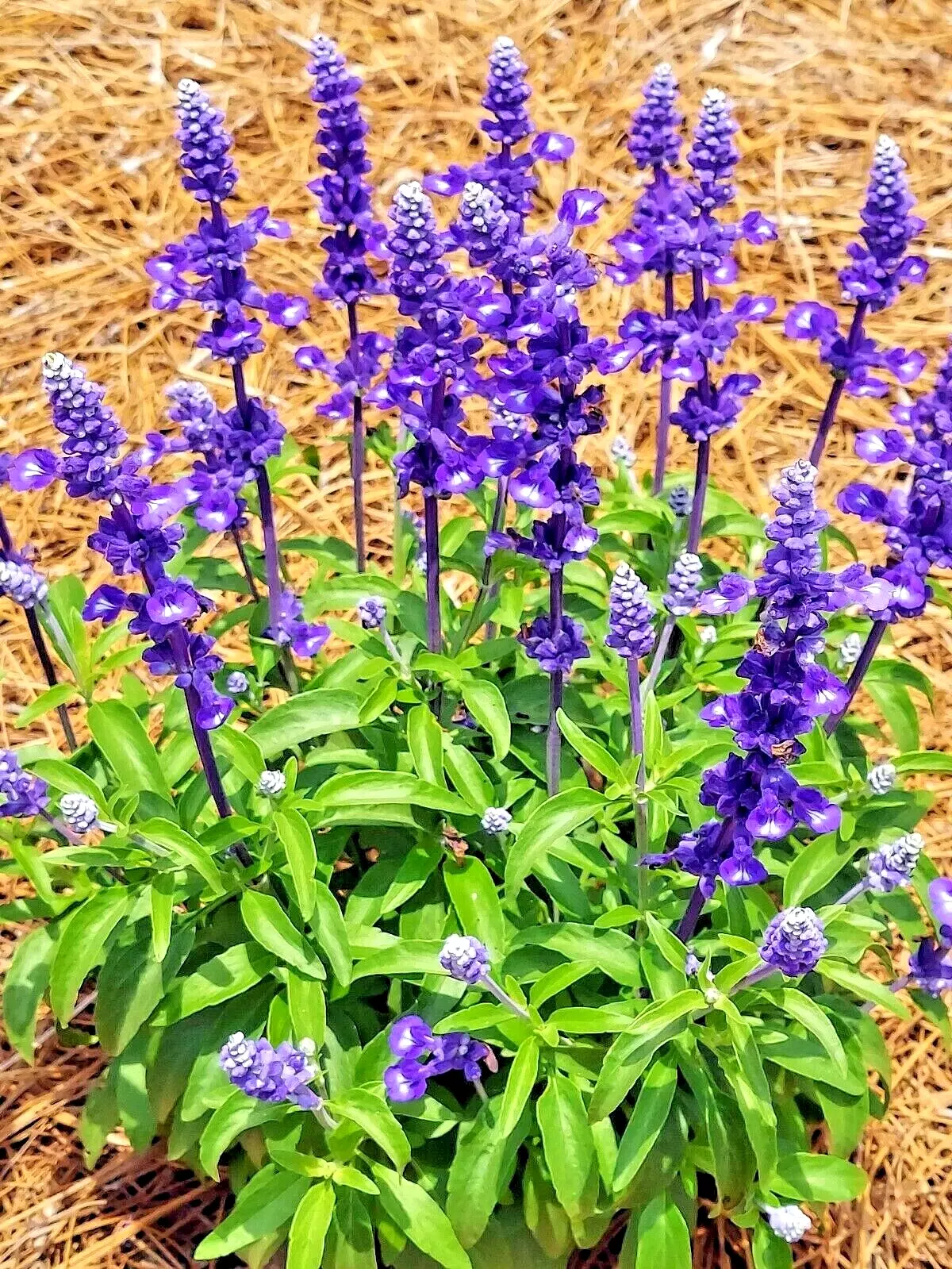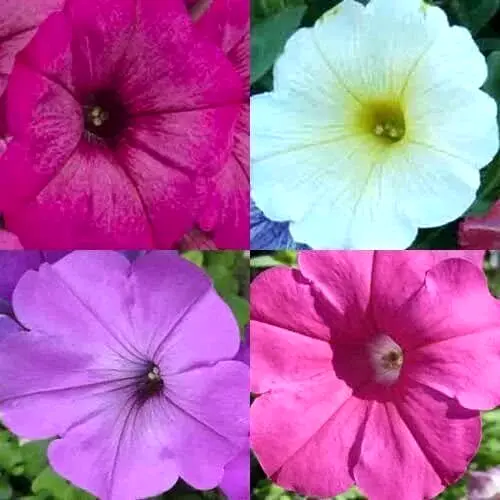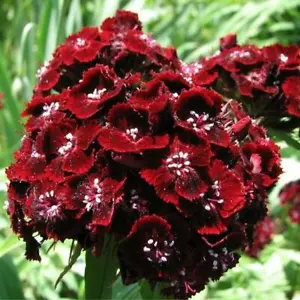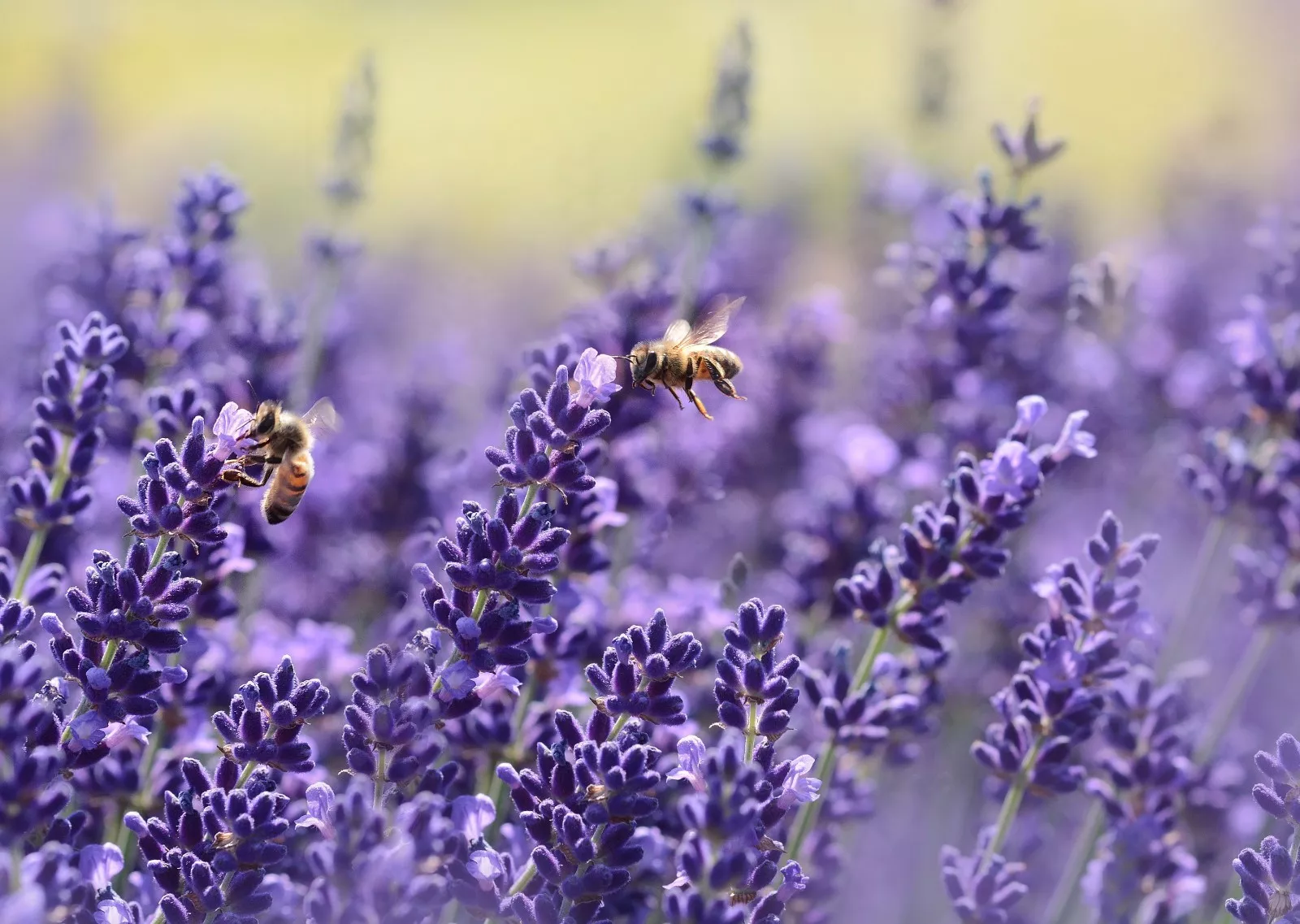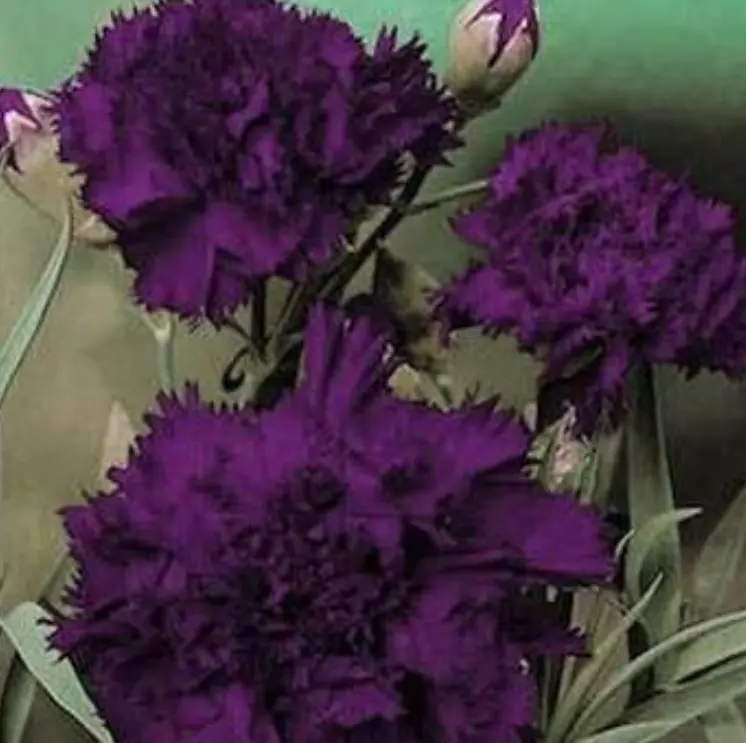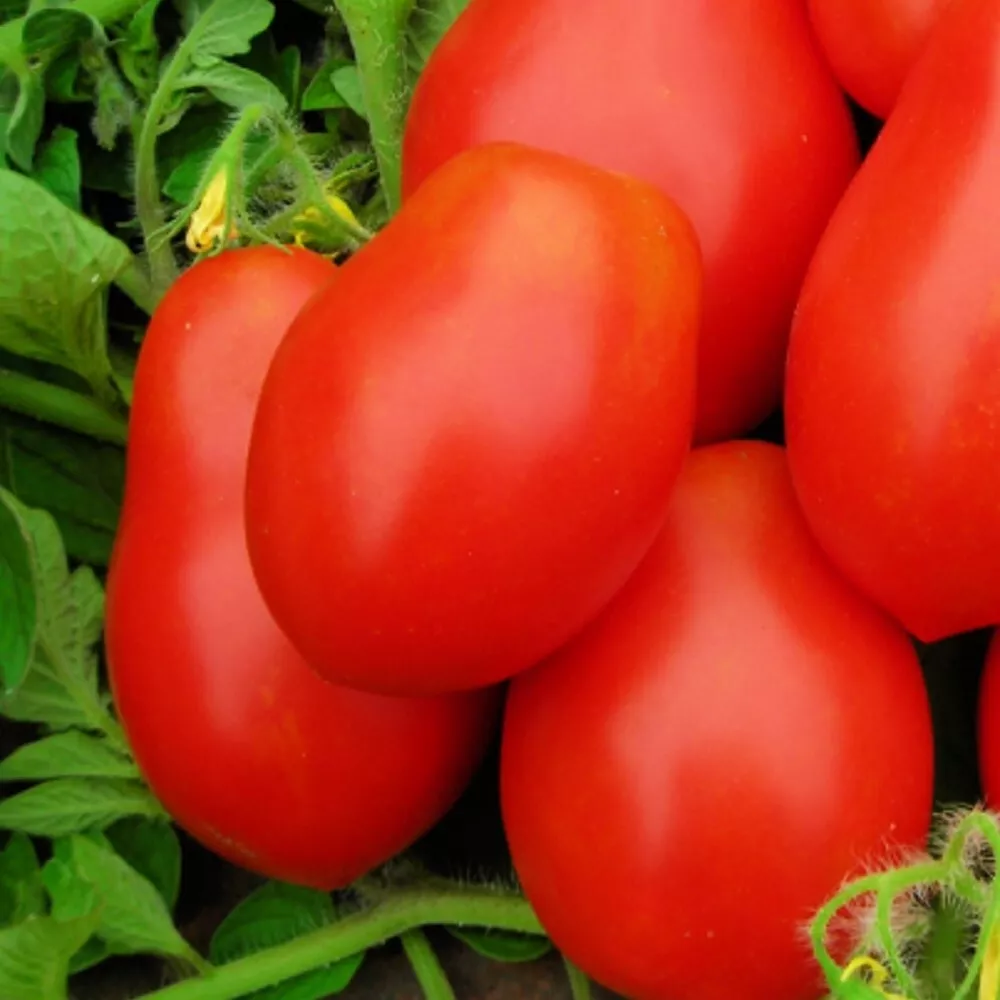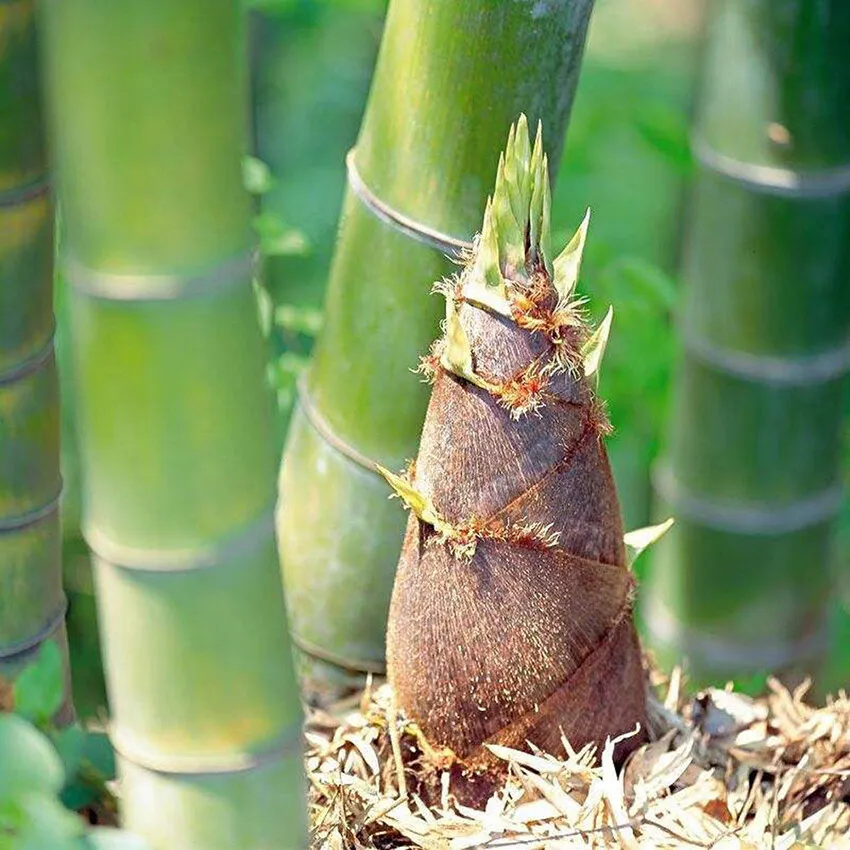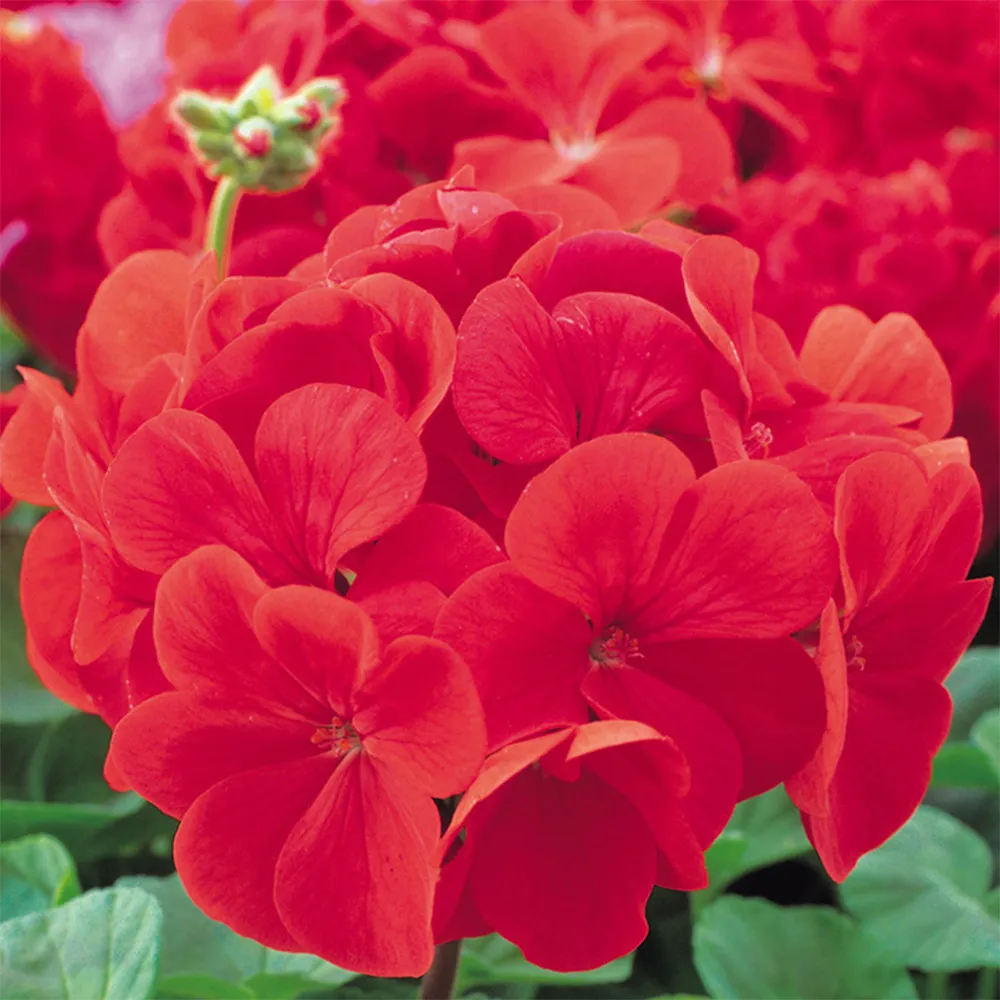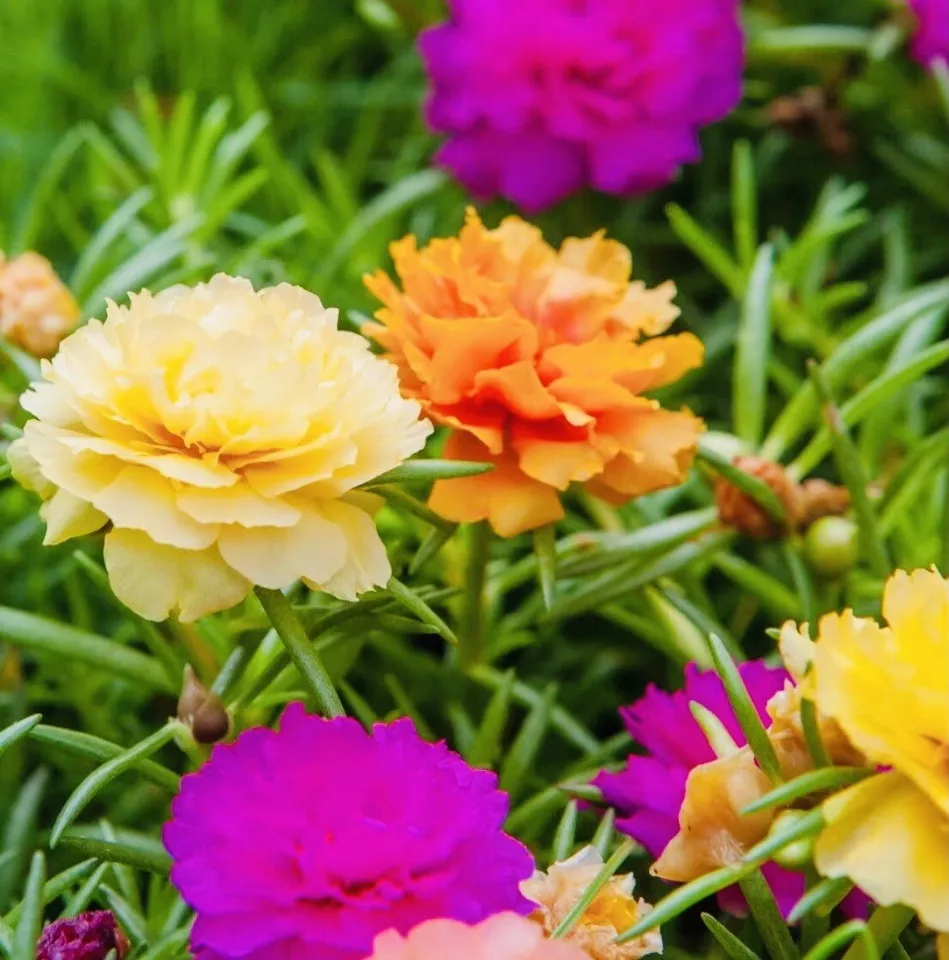1000 Seeds French Marigold Mix Landscaper's and 50 similar items
1000 SEEDS French Marigold Mix LANDSCAPER'S PACK BULK Assorted Heirloom Non-GMO
$10.98
View full item details »
Shipping options
Estimated to arrive by Thu, Apr 24th.
Details
$5.69 via USPS Ground Advantage (1 to 10 business days) to United States
Ships from
Indonesia

Return policy
Purchase protection
Payment options
PayPal accepted
PayPal Credit accepted
Venmo accepted
PayPal, MasterCard, Visa, Discover, and American Express accepted
Maestro accepted
Amazon Pay accepted
Nuvei accepted
View full item details »
Shipping options
Estimated to arrive by Thu, Apr 24th.
Details
$5.69 via USPS Ground Advantage (1 to 10 business days) to United States
Ships from
Indonesia

Return policy
Purchase protection
Payment options
PayPal accepted
PayPal Credit accepted
Venmo accepted
PayPal, MasterCard, Visa, Discover, and American Express accepted
Maestro accepted
Amazon Pay accepted
Nuvei accepted
Item traits
| Category: | |
|---|---|
| Quantity Available: |
100 in stock |
| Condition: |
New |
| Country/Region of Manufacture: |
United States |
| Brand: |
Unbranded |
Listing details
| Shipping discount: |
No combined shipping offered |
|---|---|
| Posted for sale: |
More than a week ago |
| Item number: |
1649282583 |
Item description
Planting Marigolds
When to plant:
Taller African varieties (Tagetes erecta) should be planted in early spring after all danger of frost has passed. Starting these taller varieties early in the season will allow them more time to grow and mature. French and Signet types (T. patula and T. tenuifolia) can be planted any time from spring through mid-summer.
Where to plant:
Most marigolds prefer to be located in an area with full sun but will tolerate some shade. During times of extreme heat, some afternoon shade is beneficial. T. erecta varieties should be planted in an area protected from strong winds and damaging rainfall. These taller varieties may also require some light staking for support.
How to plant:
Marigolds germinate quickly, sprouting within a few days and blooming in about 8 weeks, making them easy to grow from seed. Sow seeds directly outside after all danger of frost has passed and the soil has begun to warm up. Sow seeds 1 inch apart and water thoroughly after planting. After the seeds sprout, they should be thinned to the following guidelines: French or Signet varieties 8 to 10 inches apart, and African varieties 10 to 12 inches apart. Use landscape scissors or small garden shears to cut the seedlings out, as pulling them out can disturb the roots of the seedlings left behind. Seeds can be started earlier indoors, but with their fast germination time, this really isn’t necessary. Seedlings can be transplanted when 2 inches tall.
When transplanting marigolds purchased at a nursery, dig and loosen the soil about 6 inches down, with the final planting hole just slightly larger than the rootball. Backfill with soil and press firmly into place. Water thoroughly. Adding a 1 to 2-inch layer of mulch between the plants will help keep the soil moist and discourage weeds.
Marigold Care
Pruning:
Deadheading will improve the appearance of the plant and encourage further blooming later in the season. Pinching young plants will help promote bushier growth. Pinch and remove new growth at the top of the plant as close as possible to the next leaf nodes on the stem.
Soil:
Marigolds aren’t too picky about their soil, but will be their best in moderately fertile, well-drained soil. If planted in clay soil or an area that doesn’t drain well, they may not perform as expected.
Amendments Fertilizer:
When transplanting, a 5-10-5 fertilizer can be added, but is completely optional. Marigolds grown in-ground generally don’t require any fertilizer. In fact, if fertilizer is applied during the growing phase, it can boost foliage growth at the expense of flower production. Marigolds in containers can benefit from a diluted liquid fertilizer watered in occasionally.
Watering:
It is best to water marigolds at the base of the plant and not from overhead. The densely double flowerheads will tend to rot with excess moisture. Allow the soil to dry somewhat between waterings, but do water regularly in high heat or dry weather. Marigolds growing in containers should be watered daily as containers dry out quickly.
Design Tips
Marigolds are an excellent choice for live bouquets. For best results, cut fresh blooms early in the morning and place immediately in water. To help keep the vase water fresh, remove the lower stems and leaves that will be submerged. Expect cut marigolds to last approximately a week, possibly longer if you use a cut flower preservative.
To dry cut marigolds, cut blossoms at their peak and remove stems and leaves. Hang them upside down in a warm, dry place until they are dry.
Grow marigolds in containers on patios, porches, or near seating areas to help deter mosquitoes. For more on how to keep mosquitoes away naturally, see 12 Mosquito Repellent Plants.
Marigolds are suitable for borders near sidewalks and driveways due to their high heat tolerance, although be sure to water them regularly.
Use marigolds in borders and beds for a bright pop of color all summer long.
MARIGOLDS IN THE VEGETABLE GARDEN
Growing marigolds in or next to your vegetable garden can prove to be quite beneficial in many ways.
Attract bees and other pollinators, as well as beneficial insects like ladybugs.
Repel unwanted visitors such as whiteflies, cabbageworms and tomato hornworms. French marigolds are said to be the best choice for this.
Protect your garden from harmful nematodes that live in the soil. Again, French marigolds can be the best choice.
Guard your veggies by keeping rabbits and deer from nibbling in your garden, since they tend to not like the scent.
Note that your marigolds’ water needs may be different than those of the vegetables they are planted with so water them separately if needed.
SEED STORING
Store your seeds in a cool, dry and dark location.
Most seeds have a long shelf life, but heat and moisture will cut that life short.
Dedicate a drawer or cabinet to storing your seeds where you can also house your gardening journal close at hand for dreaming, planning and preparing.
When to plant:
Taller African varieties (Tagetes erecta) should be planted in early spring after all danger of frost has passed. Starting these taller varieties early in the season will allow them more time to grow and mature. French and Signet types (T. patula and T. tenuifolia) can be planted any time from spring through mid-summer.
Where to plant:
Most marigolds prefer to be located in an area with full sun but will tolerate some shade. During times of extreme heat, some afternoon shade is beneficial. T. erecta varieties should be planted in an area protected from strong winds and damaging rainfall. These taller varieties may also require some light staking for support.
How to plant:
Marigolds germinate quickly, sprouting within a few days and blooming in about 8 weeks, making them easy to grow from seed. Sow seeds directly outside after all danger of frost has passed and the soil has begun to warm up. Sow seeds 1 inch apart and water thoroughly after planting. After the seeds sprout, they should be thinned to the following guidelines: French or Signet varieties 8 to 10 inches apart, and African varieties 10 to 12 inches apart. Use landscape scissors or small garden shears to cut the seedlings out, as pulling them out can disturb the roots of the seedlings left behind. Seeds can be started earlier indoors, but with their fast germination time, this really isn’t necessary. Seedlings can be transplanted when 2 inches tall.
When transplanting marigolds purchased at a nursery, dig and loosen the soil about 6 inches down, with the final planting hole just slightly larger than the rootball. Backfill with soil and press firmly into place. Water thoroughly. Adding a 1 to 2-inch layer of mulch between the plants will help keep the soil moist and discourage weeds.
Marigold Care
Pruning:
Deadheading will improve the appearance of the plant and encourage further blooming later in the season. Pinching young plants will help promote bushier growth. Pinch and remove new growth at the top of the plant as close as possible to the next leaf nodes on the stem.
Soil:
Marigolds aren’t too picky about their soil, but will be their best in moderately fertile, well-drained soil. If planted in clay soil or an area that doesn’t drain well, they may not perform as expected.
Amendments Fertilizer:
When transplanting, a 5-10-5 fertilizer can be added, but is completely optional. Marigolds grown in-ground generally don’t require any fertilizer. In fact, if fertilizer is applied during the growing phase, it can boost foliage growth at the expense of flower production. Marigolds in containers can benefit from a diluted liquid fertilizer watered in occasionally.
Watering:
It is best to water marigolds at the base of the plant and not from overhead. The densely double flowerheads will tend to rot with excess moisture. Allow the soil to dry somewhat between waterings, but do water regularly in high heat or dry weather. Marigolds growing in containers should be watered daily as containers dry out quickly.
Design Tips
Marigolds are an excellent choice for live bouquets. For best results, cut fresh blooms early in the morning and place immediately in water. To help keep the vase water fresh, remove the lower stems and leaves that will be submerged. Expect cut marigolds to last approximately a week, possibly longer if you use a cut flower preservative.
To dry cut marigolds, cut blossoms at their peak and remove stems and leaves. Hang them upside down in a warm, dry place until they are dry.
Grow marigolds in containers on patios, porches, or near seating areas to help deter mosquitoes. For more on how to keep mosquitoes away naturally, see 12 Mosquito Repellent Plants.
Marigolds are suitable for borders near sidewalks and driveways due to their high heat tolerance, although be sure to water them regularly.
Use marigolds in borders and beds for a bright pop of color all summer long.
MARIGOLDS IN THE VEGETABLE GARDEN
Growing marigolds in or next to your vegetable garden can prove to be quite beneficial in many ways.
Attract bees and other pollinators, as well as beneficial insects like ladybugs.
Repel unwanted visitors such as whiteflies, cabbageworms and tomato hornworms. French marigolds are said to be the best choice for this.
Protect your garden from harmful nematodes that live in the soil. Again, French marigolds can be the best choice.
Guard your veggies by keeping rabbits and deer from nibbling in your garden, since they tend to not like the scent.
Note that your marigolds’ water needs may be different than those of the vegetables they are planted with so water them separately if needed.
SEED STORING
Store your seeds in a cool, dry and dark location.
Most seeds have a long shelf life, but heat and moisture will cut that life short.
Dedicate a drawer or cabinet to storing your seeds where you can also house your gardening journal close at hand for dreaming, planning and preparing.
Loading
|
Why are we showing these items?
Booth
hokiseeds99's booth |
|

-
Refine your browsing experience
We can show you more items that are exactly like the original item, or we can show you items that are similar in spirit. By default we show you a mix.
Loading
This item has been added to your cart
 1000 SEEDS French Marigold Mix LANDSCAPER'S PACK BULK Assorted Heirloom Non-GMO added to cart.
100 available in stock
1000 SEEDS French Marigold Mix LANDSCAPER'S PACK BULK Assorted Heirloom Non-GMO added to cart.
100 available in stock
View Cart or continue shopping.
 Please wait while we finish adding this item to your cart.
Please wait while we finish adding this item to your cart.
Get an item reminder
We'll email you a link to your item now and follow up with a single reminder (if you'd like one). That's it! No spam, no hassle.
Already have an account?
Log in and add this item to your wish list.



